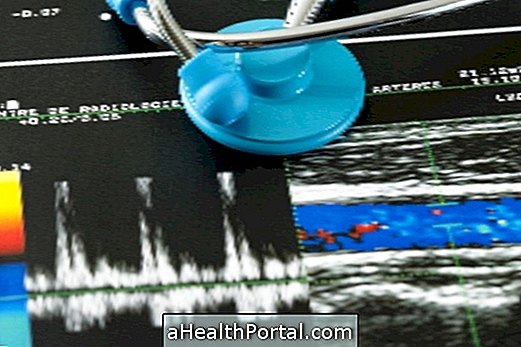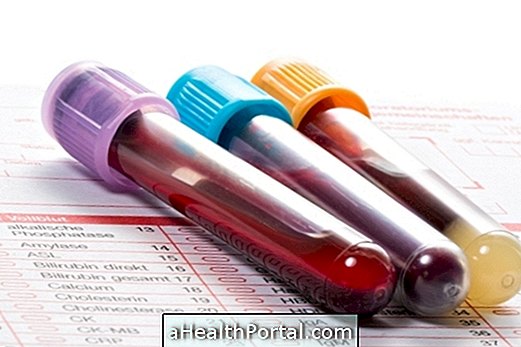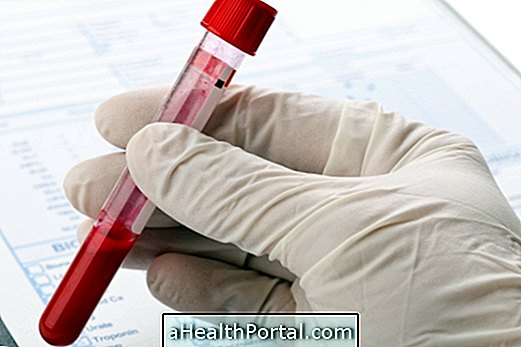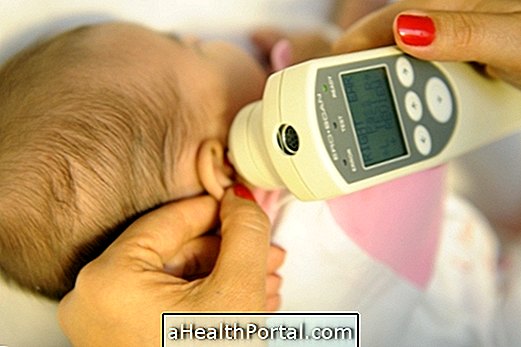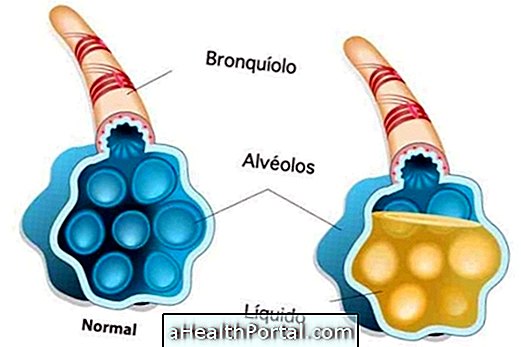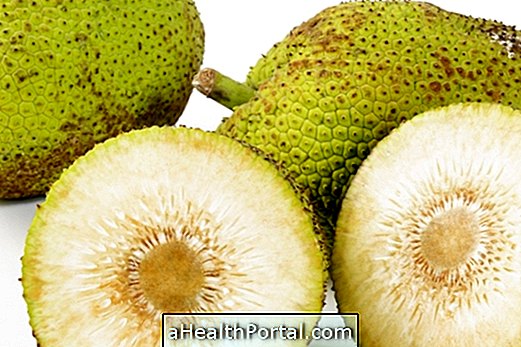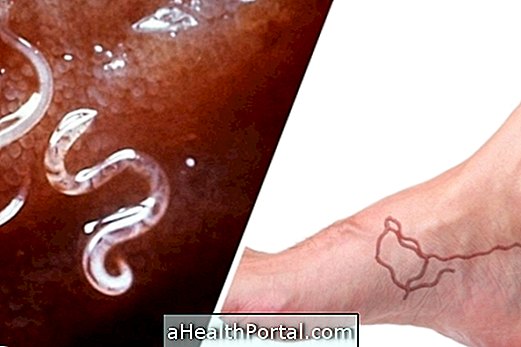The GGT test, also known as Gamma GT or gamma glutamyl transferase, is usually required to check for liver problems or biliary obstruction, since in these situations the concentration of GGT is high.
The gamma glutamyl transferase is an enzyme produced in the pancreas, heart and liver, mainly, being able to be elevated when there is compromised of some of these organs, like pancreatitis, infarct and cirrhosis, for example. Thus, in order to aid in the diagnosis of liver and biliary problems, the physician usually asks for its dosage with TGO, TGP, bilirubin and alkaline phosphatase, which is also an enzyme to help diagnose liver problems and biliary obstruction. See what the alkaline phosphatase test looks like.
This examination may be requested as a routine examination by the general practitioner or when pancreatitis is suspected, for example. However, performing this test is most recommended in cases of suspected cirrhosis, hepatic steatosis, which is liver fat, and excessive alcohol use. The reference value vary according to the laboratory being usually between 7 and 50 IU / L.
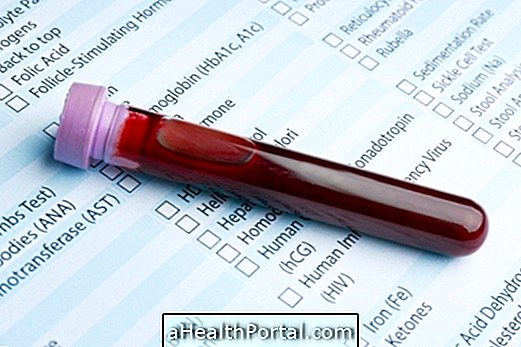
What the changed value means
The values of this blood test should always be evaluated by a hepatologist or general practitioner, however, some changes are:
High GGT
This usually indicates the presence of a problem in the liver, such as:
- Chronic viral hepatitis;
- Decreased blood circulation to the liver;
- Hepatic tumor;
- Cirrhosis;
- Excessive consumption of alcohol or drugs.
However, it is not possible to know what the specific problem is, and it is necessary to do other tests such as computerized tomography or ultrasonography, for example, in addition to other laboratory tests. Find out which tests evaluate the liver.
In some rare cases, these values may also be altered due to diseases not related to the liver, such as heart failure, diabetes or pancreatitis.
Low GGT
The low GGT value is similar to the normal value and indicates that there is no change in liver or excessive consumption of alcoholic beverages, for example.
However, if the GGT value is low but the alkaline phosphatase value is high, for example, it may indicate bone problems, such as vitamin D deficiency or Paget's disease, and it is important to do more testing to evaluate this possibility.
How to prepare for the exam
The test should be fasted for at least 8 hours, since GGT levels may decrease after meals. In addition, alcoholic beverages should be avoided 24 hours before the test as they may alter the result. Some medications should be discontinued as they may increase the concentration of this enzyme.
It is also important to report when the last alcoholic drink was taken to be considered at the time of the analysis of the result, because even if it was not in the 24 hours prior to the examination, there may still be an increase in GGT concentration.
When to take the exam
This type of examination is done when there is suspicion of liver damage, especially when there are symptoms such as:
- Decreased appetite;
- Vomiting and nausea;
- Lack of energy;
- Abdominal pain;
- Skin and yellow eyes;
- Dark urine;
- Clear stools, such as putty;
- Itchy skin.
In some cases, this test may also be asked to evaluate people who are following alcohol withdrawal therapy, because if they have ingested alcoholic drinks in the last days, the values will be altered. Understand that other signs may indicate the onset of liver disease.
